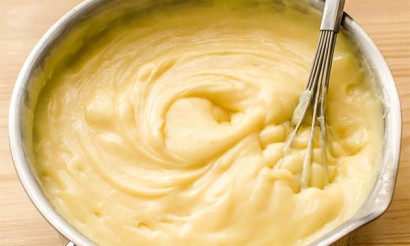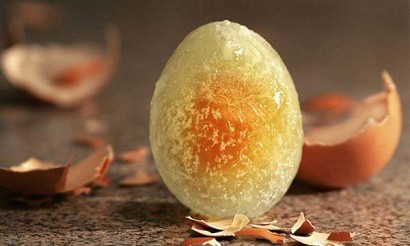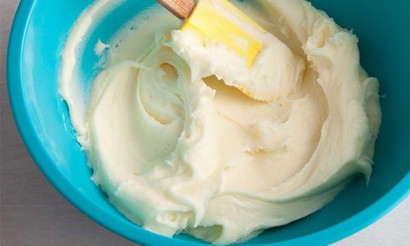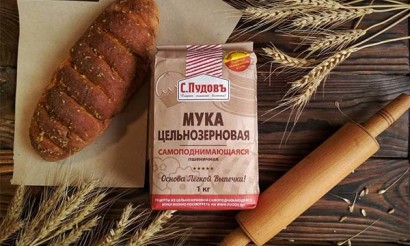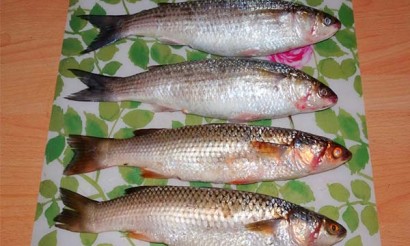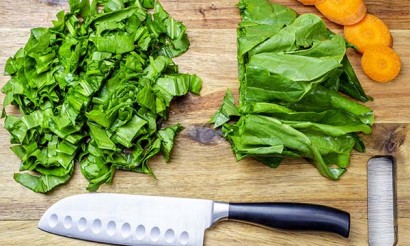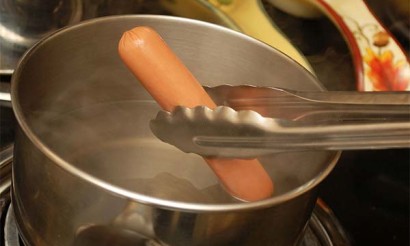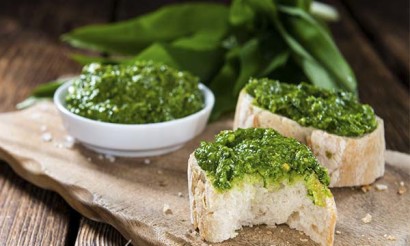Why pickled ginger is pink
Ginger root is considered a leader among spicy foods. Its unique taste and healing qualities are actively used in different parts of the world. And some people like to eat the product fresh, while others, especially passionate fans of Japanese cuisine, love to enjoy the incredible taste of pickled ginger. Despite the different culinary preferences, fans from both groups are interested in a quite reasonable question - why does pickled ginger have a pink color? Let's try to explain what the change in hue of the spicy root during pickling has to do with it.
What are the ways to get pinkish ginger
To begin with, it is worthwhile to understand the nature of the origin of the ginger root. This popular spice has been around for thousands of years. In ancient times, people called ginger the "white root," and it was extracted from the underground part of a herbaceous perennial that was widespread in southeast Asia. Europeans also liked the spicy ginger root and quickly began to grow it on their continent. Later the culture began to be cultivated in America, Australia and African countries.
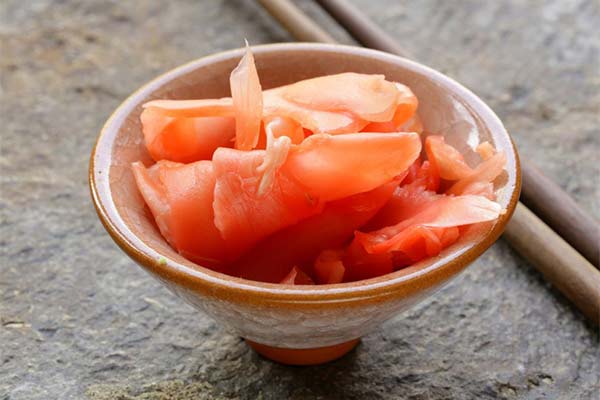
By the way, our domestic farmers also quickly mastered the technique of growing the useful plant. They use the spicy root for cooking various dishes, but most often pickled for the winter. This method of preparation allows you to fully preserve the useful composition of the natural product and increase its taste.
A pleasant pink hue to the spicy product is provided by those solutions that are used for marinade.
There are several ways of obtaining a unique color. And all these techniques can be freely applied in home marinating of ginger root. To this end, as a base for the marinade take:
- wine vinegar;
- beet juice;
- red rice wine;
- chemical (food) dyes.
As we can see, the first three options are based on natural products, which contribute to the coloring of the ginger root in red or pink. The color change is due to a chemical reaction between the flavonoids and the acid that forms the basis of these liquids.
Chemical dyes are added to marinades in the industrial production of condiments. Such food coloring is denoted by the code E-124. Most often on the shelves of our stores you can find just such a product.
How to marinate ginger
The principle of preparing ginger in a pink marinade is to observe the proportions. The color and taste characteristics are also influenced by the choice of natural dye. The technology of preparing pickled pink ginger is as follows:
- First peel the roots of the plant.
- Then cut into slices or thin slices. You can use a vegetable peeler to speed up the process. Using this simple device will help to get equal slices.
- Next, prepare the marinade. For 250 g of roots, take a full glass of water, add 1 tsp. salt.
- Bring the solution to a boil, then pour it over the ginger shavings and leave for 5 minutes so that the product is well soaked in the marinade.
- After that, drain the liquid.
- Boil again 250 ml (glass) of water, but now with the addition of sugar in an amount of 1 tbsp.
- Hot sugar syrup pour the spicy root.
- When the preparation cools, add 1 tbsp of table vinegar (9%) and beet pieces.
- Ready dish put in the fridge for three days, but you can take the first taste after one day.
Note: since most of the coloring components can be purchased in any store, home ways to get pickled ginger root pink are available to any housewife.
What factors affect the intensity of coloring
We've clarified the ways in which you can get pickled ginger with a pink hue at home. Now it remains to find out on what factors the intensity of coloring of the spicy product depends. This question is especially interesting for fans of Japanese cuisine, because most traditional dishes in the Land of the Rising Sun are served with a decoration in the form of scarlet or delicate pink "petals" of ginger.
The degree of coloring depends on the following factors:
- First of all, it is the age of the roots. Young ginger has more subtle shades when stained than older roots.
- If there is acetic acid in the marinade, the product will color in lighter shades.
- To get a coral color, ginger should be marinated in wine.
- A bright burgundy color will give the beet juice. But it should be borne in mind that old roots are almost impossible to color with beet. Such a product does not have a pleasant taste.
- To speed up the process, of course, you can use food colorings and preservatives, but such a variant of pickling carries certain health risks.
- When selecting ginger root, preference should be given to fresh specimens, which are called "gari. The spice harvested last year is called "beni sega".
An important point: E-124 dye is banned in America and European countries.
Why pickled ginger is pink
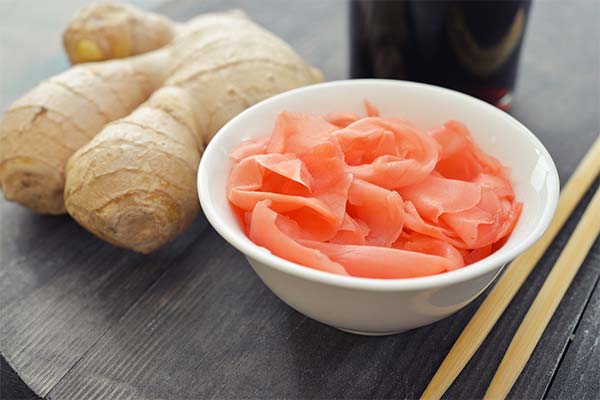
Now it's the turn to understand in more detail the very mechanism of the pickling process, which, when certain components are added, gives such a "glamorous" coloring to the spicy roots. The natural color of ginger is white or creamy. The product of this color usually adorns the shelves of domestic supermarkets. But it is impossible to preserve fresh ginger for a long time, that is why for the long storage of such a valuable product most often in the household they use the pickling technique. For this purpose, a special solution, i.e. marinade, is prepared, which necessarily includes one of the preservatives listed above.
Vinegar, like other liquids, is chemically acidic. But we know from school chemistry that acids quickly react with anthocyanins or flavonoids, which are very high in ginger. One of the concomitant reactions of this chemical process is a change in color of the original product. This feature is particularly strong when pickling young shoots of the spicy root, because in the early stages of maturation they have a delicate structure without coarse fibers, and the taste does not feel pronounced spiciness.
This is interesting: Pickled ginger is a staple in Japanese cuisine. It is usually served between the change of dishes to neutralize the taste. For example, after eating each type of roll, the Japanese chew a petal of pink ginger to appreciate the taste of the next culinary masterpiece.
Is red ginger different from white ginger?
Pickled red ginger differs from its white counterpart in several ways:
- Taste. The pickled spice has a less tart but spicier taste than the fresh product.
- Composition. During the pickling process, some of some substances, such as magnesium and thiamine (vitamin B1), disappear. But this portion of the loss is insignificant, so ginger in pickled form is very healthy.
- Structure. Under the influence of marinade, the roots become softer. Therefore, very often pickled pink ginger is served as a separate snack. If the fresh product can be eaten in one meal very little, the pickled delicacy usually quickly disappears from the plate.
- Flavor. The pickled spice is characterized by a bright aroma, while the fresh root is almost devoid of odor.
- Nutritional value. The caloric value of fresh ginger is higher than that of a product that has gone through the pickling process. Therefore, those who care about the shape of their figure should pay attention to the pink ginger root.
It should be remembered that the old ginger root will not change its color when pickled with natural dyes. This can only be achieved by using chemical dyes, which is not safe for your health.
Note: There are varieties of ginger whose root has a natural pink coloring. This kind of spice is cultivated only in Thailand.
Useful properties of pickled ginger
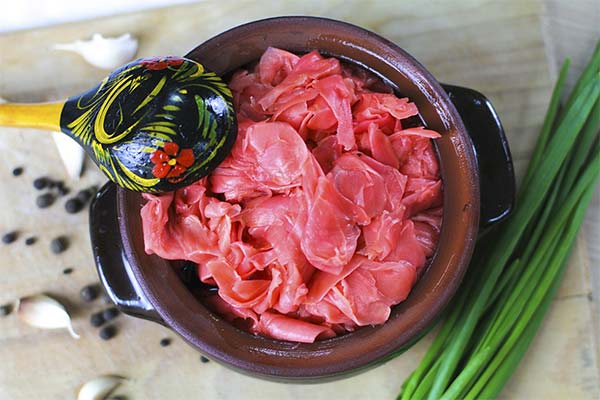
It has already been noted earlier that the process of pickling does not have a strong effect on the composition of the product. The chemical formula of the finished product includes the following valuable components:
- ascorbic acid (vitamin C);
- a complex of B vitamins;
- retinol or vitamin A;
- Mineral elements: sodium, zinc, iron, magnesium;
- Amino acids, represented in great quantities, including essential ones;
- essential oils.
Special attention should be paid to the fact that a 100-gram portion of the pickled product has almost twice as much magnesium as is needed per day for normal body function.
The energy content of such a portion of the spicy product is only 51 kcal. Given such a low figure, it is quite possible to add a couple of teaspoons of pickled ginger shavings to meat dishes and salads when losing weight.
Now let's analyze the benefits of pickled ginger for the human body. It has been scientifically proven that with regular use, the product has the following positive properties:
- increases the overall tone;
- strengthens the immune system;
- has an antiviral effect;
- normalizes digestion;
- stimulates brain activity;
- improves the condition of blood vessels;
- normalizes cardiac activity;
- removes toxic products;
- has a positive effect on the reproductive system of men and women;
- disinfects the oral cavity, eliminating unpleasant odors;
- Demonstrates anticarcinogenic activity;
- Inhibits the aging process of tissues throughout the body.
In general, ginger root has truly limitless possibilities. And scientists regularly discover its new abilities. It is not by chance that the popularity of the spicy root has remained unchanged for several thousand years in a row. In ancient times, warriors used the healing roots to restore strength and increase endurance, and women used them to maintain their beauty and youth. Therefore, we want to dwell separately on the usefulness of pickled ginger for representatives of different sexes.
Benefits for women
The research proved that the regular use of pickled ginger:
- Will help to get pregnant those women who have already lost hope of becoming a mother.
- Will become a reliable prevention of colds.
- Boost libido.
- Will help to lose excess weight.
Benefits for men
The representatives of the stronger half of mankind favor ginger in a pickled form for a reason: this unique spice has a number of positive effects on the male body:
- Due to the content of zinc increases the synthesis of testosterone.
- Normalizes potency.
- Helps to quickly recover from hard physical work.
- Prevents the development of impotence.
A diet with the addition of pickled pink ginger will be a good prevention of prostatitis and cystitis. Even for elderly men, the spice will help maintain sexual activity.
Contraindications
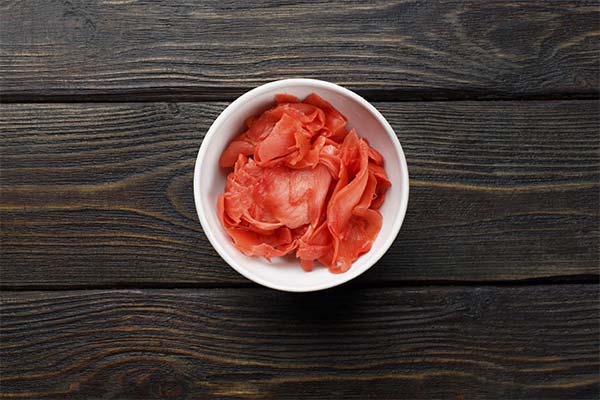
Although ginger root is considered a completely safe product, but in pickled form its use is contraindicated in the following cases:
- In case of individual intolerance;
- During pregnancy and lactation;
- young children;
- People with gastritis and peptic ulcer disease;
- hypertension;
- Patients with cirrhosis of the liver and pancreatitis.
To prevent the useful product from causing harm to your health, you need to adhere to the norms of its consumption: for an adult a day enough 50-100 grams of the product to maintain the tone of your body. The spice can be added to meat and fish dishes and prepare original snacks with its participation. For example, in Asian countries it is customary to use slices of pickled ginger after a meal to remove the aftertaste and clear the mouth. This is a tradition worth noting for those who care about their health.
To summarize, it is safe to say that ginger in the process of pickling not only acquires a pleasant pink hue, but becomes much tastier than the fresh root. If stored properly, such a preparation will not go bad for several months. Therefore, it is worth spending a little time to have on hand a flavorful addition to dishes.
«Important: All information on this site is provided for information purposes only purposes. Consult with your health care professional before applying any recommendations. specialist before using the recommendations. Neither the editors nor the authors shall be liable for any possible harm caused by materials."

